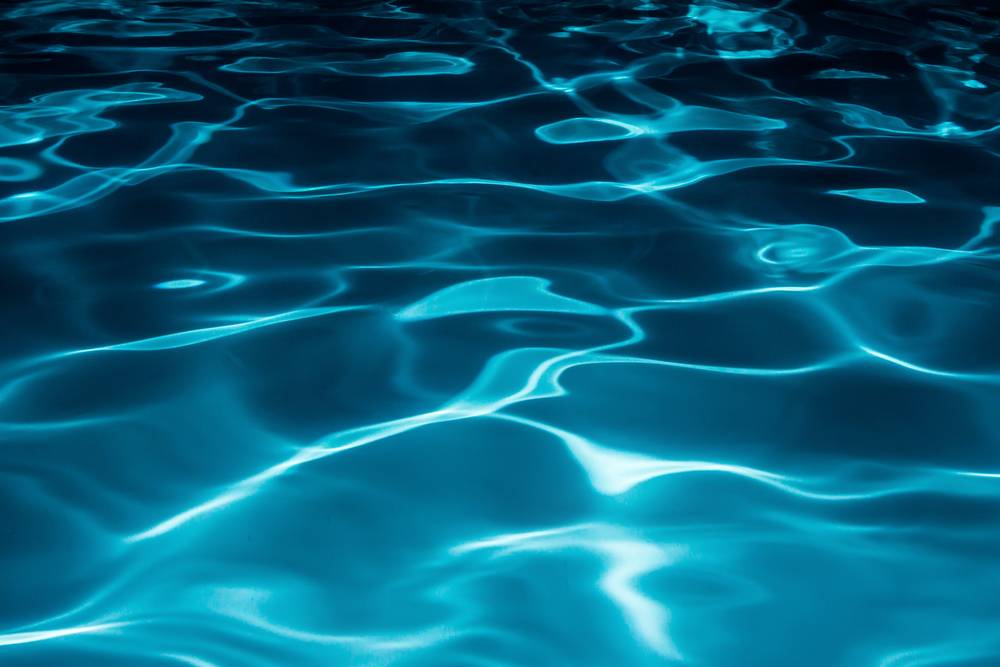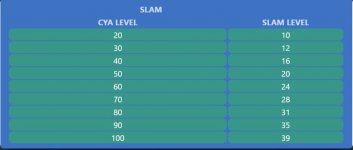- Mar 5, 2017
- 44
- Pool Size
- 24
- Chlorine
- Salt Water Generator
- SWG Type
- Intex Krystal Clear
Hi All,
I'm working on getting my very first SWG up and running and have a couple of questions:
1. I've been adding pool salt one bag at a time and checking with AquaChek strips. How long should I wait before checking after adding each bag?
2. What is the minimum pool water temp that needs to be reached before the SWG will work properly? Right now, I'm at about 57 degrees F.
Thanks,
Dan
I'm working on getting my very first SWG up and running and have a couple of questions:
1. I've been adding pool salt one bag at a time and checking with AquaChek strips. How long should I wait before checking after adding each bag?
2. What is the minimum pool water temp that needs to be reached before the SWG will work properly? Right now, I'm at about 57 degrees F.
Thanks,
Dan




